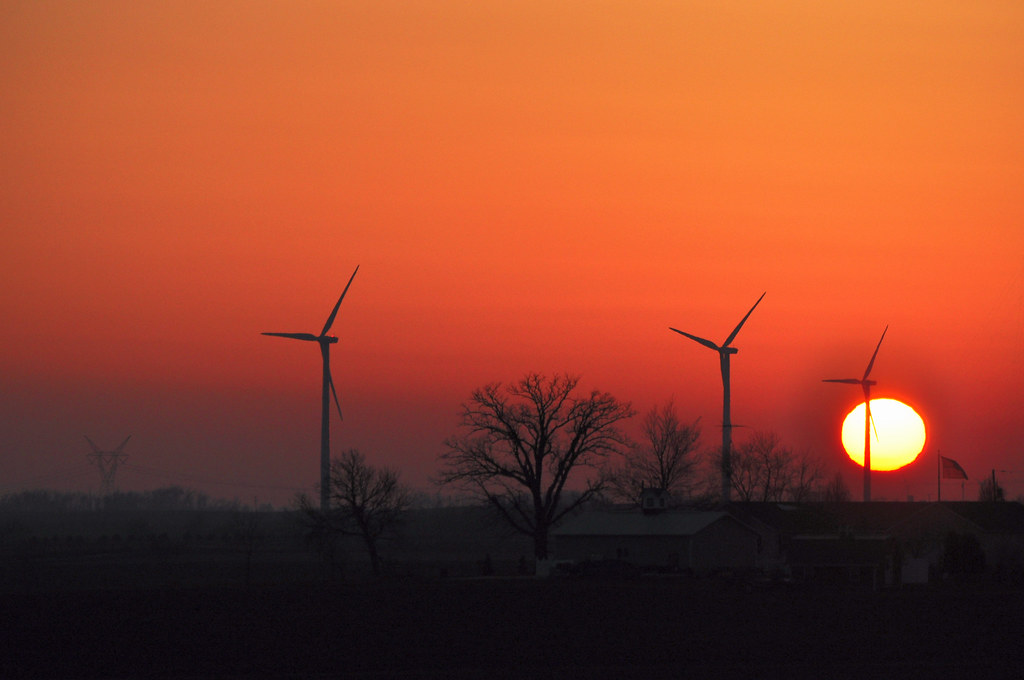
According to NASA, the winter solstice will be taking place this year at 9:27 p.m. on Dec. 21, making that the shortest day of the year in terms of daylight.
So, what does the winter solstice represent? Not only does it mean that Illinois will be seeing just under nine hours and eight minutes of daylight on Dec. 21, it also means that the Earth’s axis is currently furthest away from the sun.
Because of this, the winter solstice in the Northern Hemisphere also represents the summer solstice in the Southern Hemisphere. During the summer solstice in Illinois, the Earth’s axis will be at its closest point to the sun in its yearly rotation.
You might be wondering if that means that the winter solstice is also the earliest sunset and latest sunrise of the year? Good question, but no. Since the calendar is not a perfect reflection of the Earth’s movements through space and time, the earliest sunset of the year occurred earlier this month.
However, the days are still becoming shorter, because the sunrise is occurring later and later, and will do so until early January, when the sunrise will occur at about 7:18 a.m.
In Cahokia, which is near the Mississippi River across from St. Louis, indigenous people built multiple temple mounds or pyramids, much like the Aztecs built. Among these stood an interesting structure known today as “Woodhenge,” which had large wooden posts, positioned in a circle.
On the winter solstice, the sun aligns with the Woodhenge and a temple mound in the distance.
This as well as other archeological evidence has led researchers to make the assumption that the Cahokia people, like many indigenous people, revered the sun and considered it a deity. It is also thought that they made careful observations of the solar system and held rituals honoring the sun for the upcoming agricultural year.
In Cahokia, the Winter Solstice will be observed at Cahokia Mounds on Sunday, Dec. 23 at 7 a.m. Visitors should gather at the reconstructed Woodhenge, which is approximately one-half mile west of Monks Mound (the largest mound), on Collinsville Road. While waiting for the sunrise, an archaeologist will explain the discovery of the Woodhenges, their function, and the Mississippian culture that built them. Out of respect to indigenous culture, there will be no rituals or ceremonies performed. The present Woodhenge was built in its original location in 1985, following years of excavations that led to the locations being revealed of the large posts.
The Winter Solstice is a mysterious event due to many people not knowing about its history or significance, and we may never truly know what it meant to the indigenous people.



